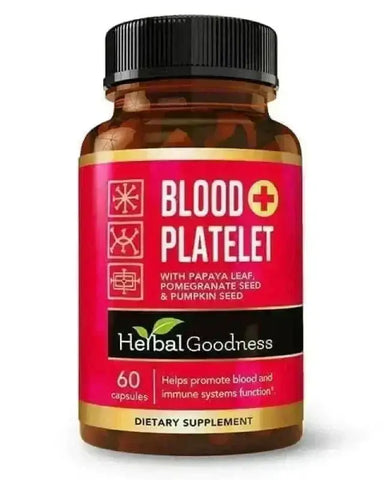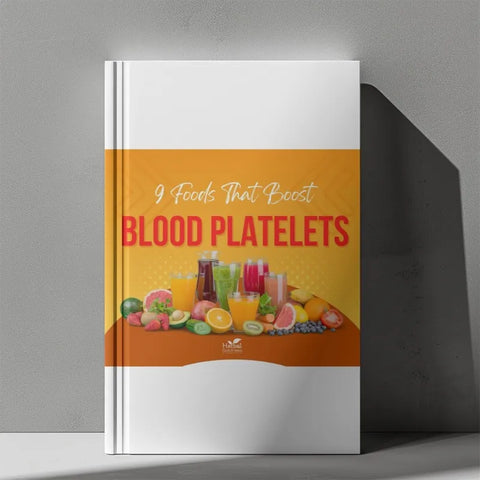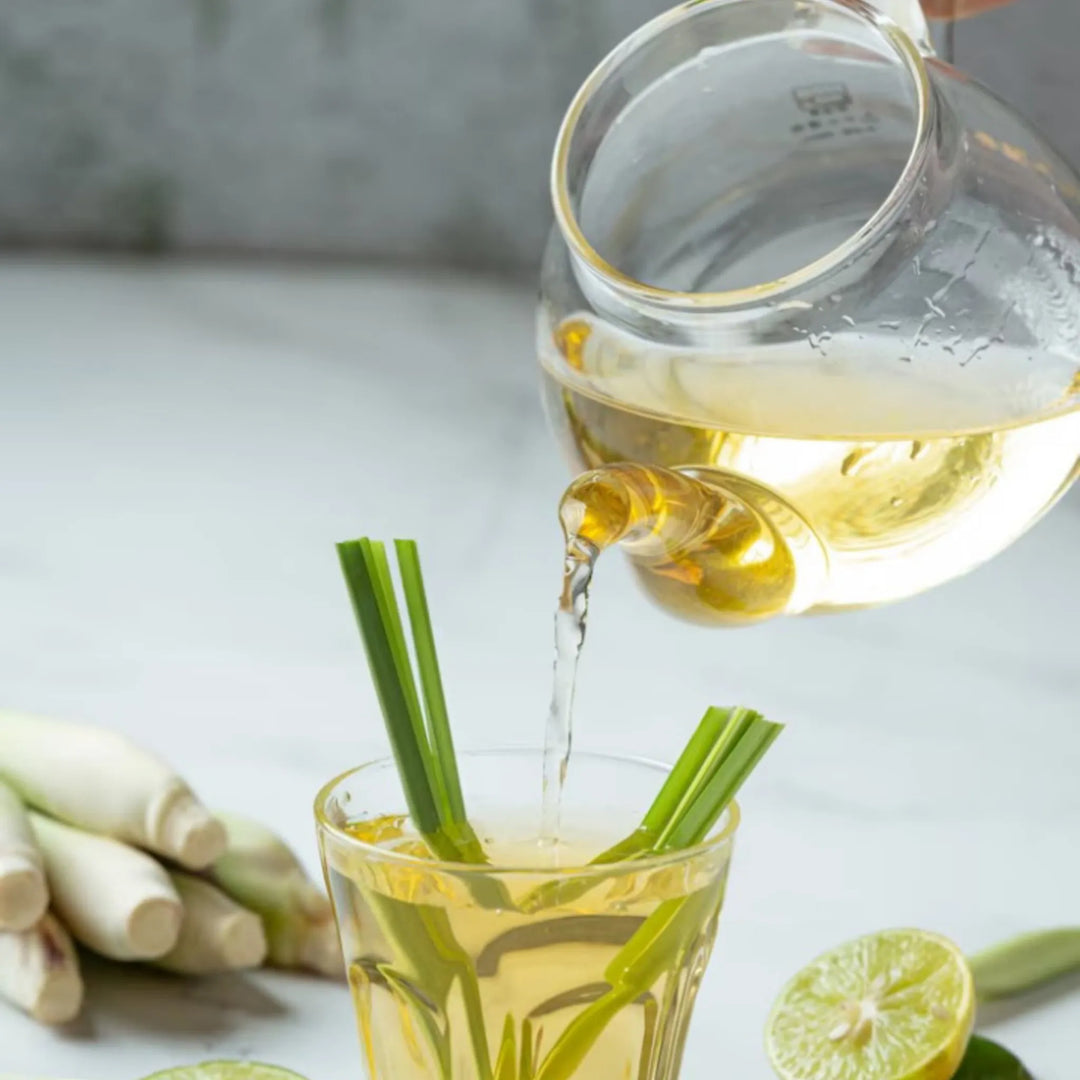Blood Platelets: Functions, Count & How to Support Them Naturally
Blood is often referred to as the “river of life,” carrying oxygen, nutrients, and immune cells throughout the body. Among its vital components are blood platelets, tiny yet powerful cells that play a central role in clotting, wound repair, and maintaining overall health. Many people only hear about platelets when they face issues such as a low blood platelet count, but understanding how they work, what normal levels look like, and how to naturally support them is crucial.
In this article, we’ll dive deep into what blood platelets are, their functions, common platelet-related conditions, and natural ways to support platelet health. Whether you’re curious about your platelet count, searching “what is the function of blood platelets,” or exploring which foods increase platelets in blood, this guide provides a comprehensive, trustworthy resource.
What Are Blood Platelets?
Blood platelets, also called thrombocytes, are small, disc-shaped cell fragments in your blood. Produced in the bone marrow, they are neither full cells like red blood cells nor immune fighters like white blood cells, yet they are essential for survival.
When an injury occurs, platelets rush to the site, clump together, and form a temporary “plug.” This process, known as clotting, prevents excessive bleeding and allows the body to begin repairing tissue.
What Is the Function of Blood Platelets?
The primary function of blood platelets is to stop bleeding by forming clots. However, their roles extend further:
-
Clotting & Wound Repair: Platelets create a barrier at injury sites.
-
Vascular Health: They release growth factors that help heal damaged tissues.
-
Immune Function: Platelets interact with white blood cells and contribute to fighting infections.
-
Regulation of Inflammation: They play a role in balancing immune and inflammatory responses.
Without adequate platelet function, even minor cuts could lead to serious bleeding.
Understanding Platelet Count
Doctors measure platelet count through a simple blood test. A normal platelet count typically falls between 150,000 and 450,000 platelets per microliter of blood.
-
Low blood platelets (thrombocytopenia): Less than 150,000.
-
High platelet count (thrombocytosis): More than 450,000.
Both extremes require medical attention, as they may signal underlying health issues.
Thrombocytosis and High Platelet Count
Thrombocytosis refers to elevated platelets. In some cases, it may be temporary, for instance, after surgery or inflammation. However, persistent high levels may increase the risk of clotting problems.
Doctors may monitor mean platelet volume (MPV) a measure of platelet size, to help understand whether platelets are being produced properly or used up too quickly.
Low Blood Platelet Count: Causes & Symptoms
A low blood platelet count can be caused by:
-
Bone marrow conditions
-
Autoimmune disorders
-
Viral infections
-
Certain medications
-
Excessive alcohol consumption
Common symptoms include:
-
Easy bruising
-
Frequent nosebleeds
-
Prolonged bleeding from cuts
-
Tiny red spots on the skin (petechiae)
If you notice these signs, consult your healthcare provider.
Blood Plasma vs Platelets
Many people confuse blood plasma vs platelets. Plasma is the liquid portion of blood that carries cells, hormones, and nutrients. Platelets, in contrast, are solid fragments within the blood, dedicated to clotting and repair. Both are crucial but serve different functions.
Platelet-Rich Plasma (PRP)
You may have heard of platelet-rich plasma therapy in regenerative medicine. PRP involves concentrating platelets from a person’s own blood and re-injecting them to promote healing in joints, tissues, or skin. This highlights just how powerful platelets can be in supporting repair and rejuvenation.
How to Boost Blood Platelets Naturally
If you’re wondering how to boost blood platelets, here are natural approaches:
1. Nutrient-Rich Foods
Certain foods are believed to support healthy platelet function:
-
Leafy greens (Vitamin K for clotting)
-
Papaya leaf extract (traditionally used for supporting platelet health)
-
Citrus fruits (Vitamin C for immune support)
-
Pumpkin seeds & nuts (rich in iron and magnesium)
2. Hydration & Balanced Lifestyle
Dehydration can affect blood health. Drinking water, sleeping well, and avoiding excessive alcohol intake are key.
3. Supplements
Natural supplements, such as Herbal Goodness Platelet Plus Capsules (60/600mg), are formulated with superfoods and herbs traditionally known to support blood health.
Which Food Boost Platelets in Blood?
While no single food can “cure” platelet issues, a diet rich in whole, plant-based superfoods may support blood health. Popular choices include:
-
Papaya leaf
-
Wheatgrass
-
Beets
-
Pomegranate
-
Dark leafy greens
When to See a Doctor
A persistent low blood platelet count should not be ignored. While natural approaches can support wellness, medical evaluation ensures that serious conditions are ruled out.
FAQ Section
Q1. What are blood platelets?
Blood platelets are small cell fragments in the blood that help stop bleeding and support wound repair.
Q2. What is the function of blood platelets?
Their main function is clotting, but they also aid in healing, immunity, and inflammation regulation.
Q3. What is considered a normal blood platelet count?
A healthy count is 150,000–450,000 per microliter of blood.
Q4. What causes low blood platelet count?
Causes include bone marrow conditions, immune disorders, infections, or certain medications.
Q5. Which foods increase platelets in blood?
Papaya leaf, beets, pomegranate, leafy greens, and vitamin C-rich fruits may help support platelet health.
Q6. What is the difference between blood plasma vs platelets?
Plasma is the liquid that carries cells and nutrients, while platelets are solid fragments for clotting.
Q7. What is platelet-rich plasma (PRP)?
PRP is a therapy that uses concentrated platelets to promote healing and repair in tissues.
Want to learn more about natural ways to support your
blood health?
Download our FREE e-book “9 Foods That Boost Blood Platelets” today!
Author Name:
Ilomuanya Mmesoma Davina
Author Bio:
Ilomuanya Mmesoma Davina is a Content Writer at Herbal Goodness, where she focuses on creating and optimizing blogs. With expertise in natural health products and SEO-driven storytelling, she is passionate about educating readers on the power of herbs and superfoods for modern wellness.
Related:
External Sources:
-
National Heart, Lung, and Blood Institute. (2022). “Platelets and Blood Clotting.” nhlbi.nih.gov
-
Mayo Clinic. (2023). “Thrombocytopenia (low platelet count).” mayoclinic.org














